By Andy Milroy

2020 was an interesting year for ultrarunning. The Covid virus meant no international championships were held, and in numerous countries the sport shutdown almost entirely. Eastern Europe was less affected during the first half of 2020, and some races were held, including national championships.
The slower paced, less intensely competitive 24-hour events look to have been more popular. The 100 km, with the prospect of runners running together, as in shorter road races, were either cancelled or attracted small numbers. In the United States where the big cities were badly hit with infection, runners went for widely dispersed trail races or virtual races. The 24 hours became less competitive time trials, with runners able to run almost in isolation, focused on their own pace. Still in the race situation, but able to space themselves out.
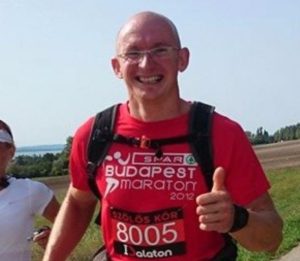

Standards in the 100 km event were depressed but the 24-hour seemed less affected. Hungarian Zoltan Csecsei covered 277.484 km (172 miles) at Balatonfuredi in the national championships despite very little opposition. It was a big step up for him, he ran 264.949 km (164 miles) in the Albi World event in 2019.
There were multiple Polish Ultra championships in Pabianice – with both 100 km and 24-hour events. This took place before the pandemic hit, so the Polish runners could prepare and run normally. The championships saw remarkable performances by women. Dominika Stelmach ran 7:04:36 in the 100 km to win. (The men’s race was won by Aleksandr Sorokin LTU who produced what turned out to be the best male mark of 2020, 6:43:13.)
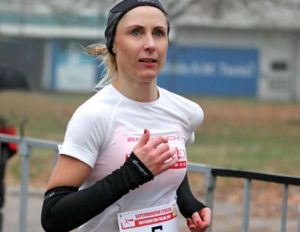

In recent years Polish women have been very strong in the 24-hour event and Malgorzata Pazda-Pozorska was an emerging figure. She won overall with 260.679 km. (161 miles) at 2020 UltraPark Weekend 24-Hours in Pabianice, Poland. That mark was set on the road, but the best track mark was set under peculiarly Covid circumstances. British international Joasia Zakrzewski was undertaking winter training in Australia, but the onset of the virus left her stranded. She subsequently entered an Australian 24 hours in Bruce ACT on a 400-metre track, and covered 236.561km (147 miles), tracked by British enthusiasts online.
During 2020, there were more than 3,000 ultra events held globally, 233 100 km races, 130 trail 100-miles, 125 24 hours, just over twenty 48-hour races, and ten 6-day events. Overall, that was half the number of ultra events held in 2019. Prominent trail events were also cancelled such as Western States 100 and Ultra-Trail du Mont-Blanc (UTMB).
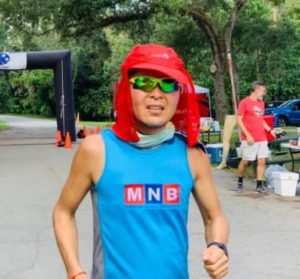

The geographical twist of the virus removed normally dominant nations. At the 6 day the best distance of the year (787.017 km, 249 miles) was set by a Mongolian runner, Budjargal Byambaa at “Icarus Florida 6 Day UltraFest” at Fort Lauderdale in Florida. The top woman was more traditional, American Amy Mower running 619.597 km (384 miles) at “3 Days at the Fair” at Augusta, New Jersey.
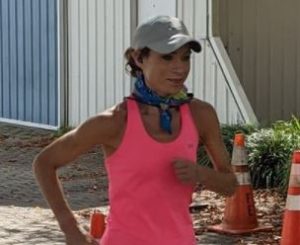

For 48-hours, with a reduced number of events, the best male mark was 386.810 km (240 miles), set by Bob Hearn, but he did not win the race in Augusta, New Jersey. He was beaten by a fellow American, Marisa Lizak, with the best female mark of the year, 391.963 km (243 miles). Lizak’s mark was an American record and the third best women’s 48-hour mark of all-time.
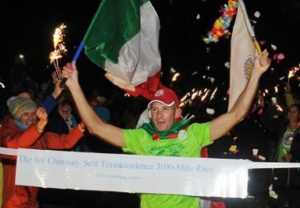

The best 1,000-mile mark of the year was by Italian Andreas Marcato, with 14 days 05 hours 20:20. This was the Italian’s split in the 3,100 mile race, normally held in New York, transplanted across the Atlantic because of Covid, to a park in Salzburg, Austria. Marcato ran 43 days 12:25 for the 5000 km.
The best 100-mile times for the year was accomplished by Americans Taggart VanEtten at Tunnel Hill 100 at Vienna, Illinois, in 12:19:54 on the road and by Olivier Leblond at Desert Solstice at Phoenix, Arzona in 12:41:57 on the track. For 50 miles, Zack Beavin ran the best time of 5:03:05, along with Jackie Pirtle-Hall who finished with 6:02:03, also at Tunnel Hill.
Typically, creative Ultra directors came up with a new international race format, or perhaps more correctly reached back to a format popular two hundred years ago. The so-called Barclay Challenge involved covering a mile each and every hour for 1,000 hours. The test was more coping with lack of sleep than speed or endurance.
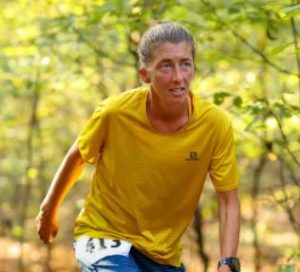

American race director Gary Cantrell came up with a version which was more competitive using a 6706 metre circuit (4.167 miles), the so-called Back Yard Ultra, ideally suited to the pandemic, using a short local loop. The winner was the last person still wanting to carry on! (The Japanese version was the Last Samurai Standing! )
This developed into a virtual “World Championships” of 21 countries, so each country would have its own national champion and there would be an overall winner. Mexico was represented by a team of the legendary Tarahumaras. With 75 hours, covering 6706 metres (4.167 miles) each and every hour, with the only rest/sleep grabbed after each loop, before going out again for the next, Karel Sabbe of Belgium was the final competitor left having covered 312.5 miles/502.92 km. The first woman was Courtney Dauwalter USA 68 hours who covered 283.3 miles/455.592 km. Dauwalter is a former world record holder and US 24 Hour national team member.
So, a tough year, but the sport adapted and produced some exceptional performances. The slowdown in results have given ultra statisticians that chance to study the overall development in the sport, particularly in South America and Asia.
